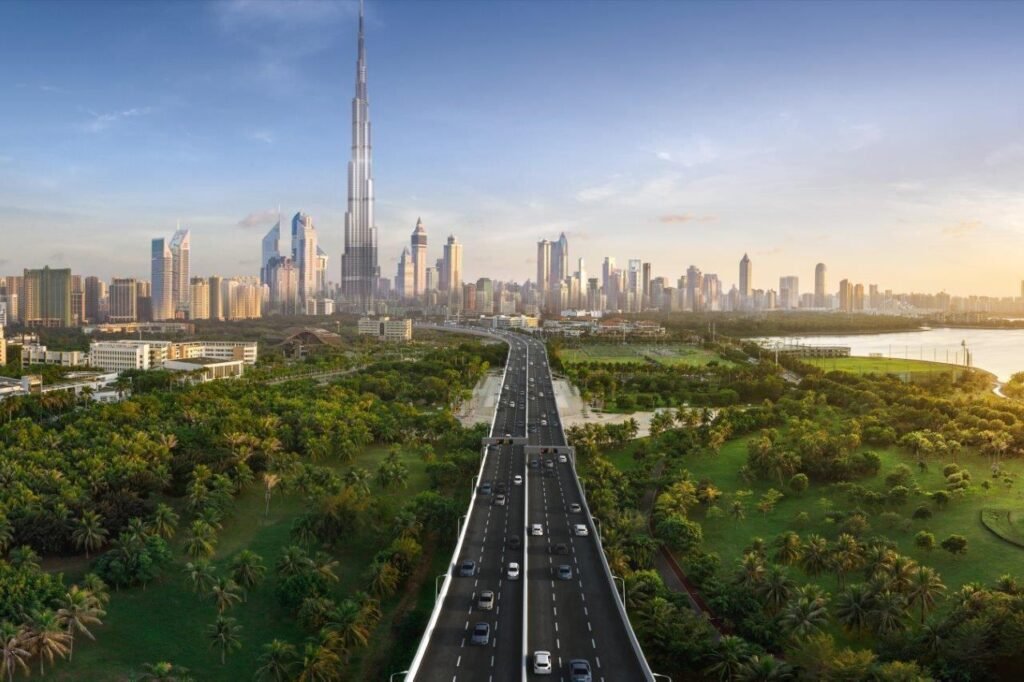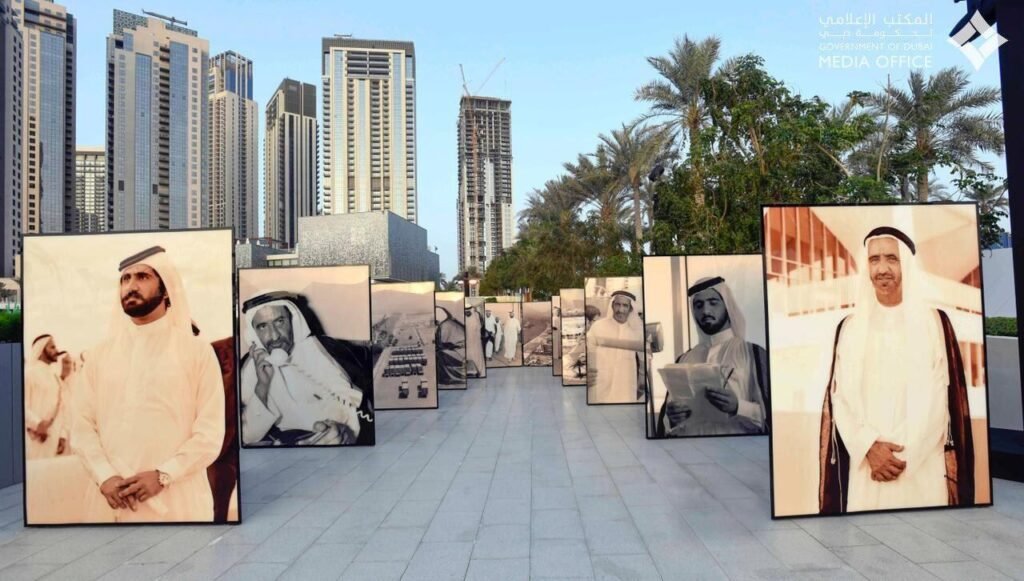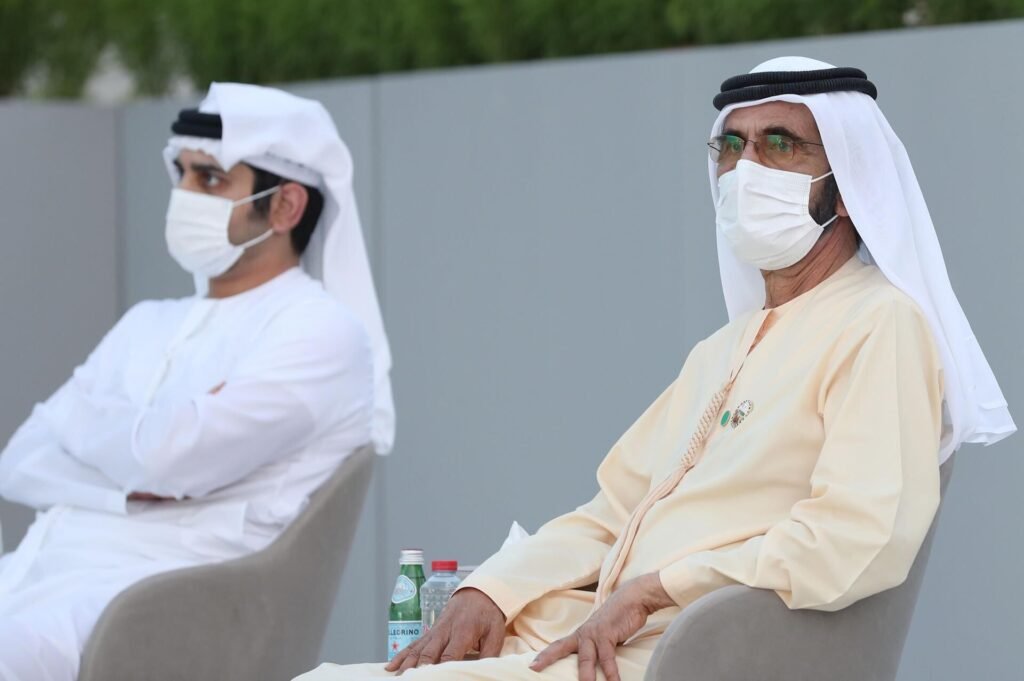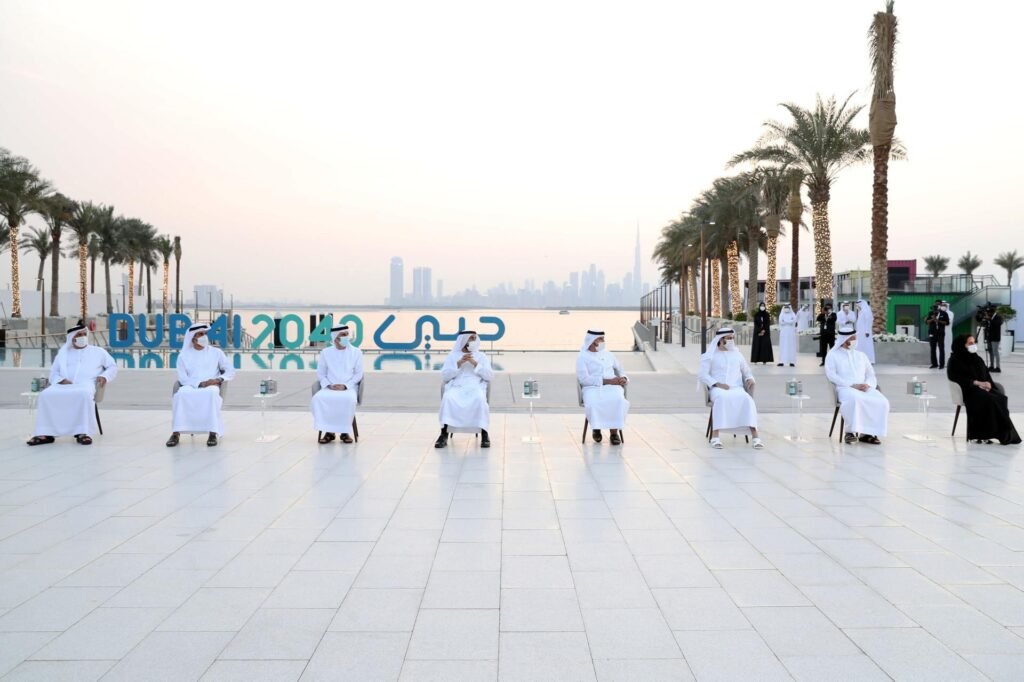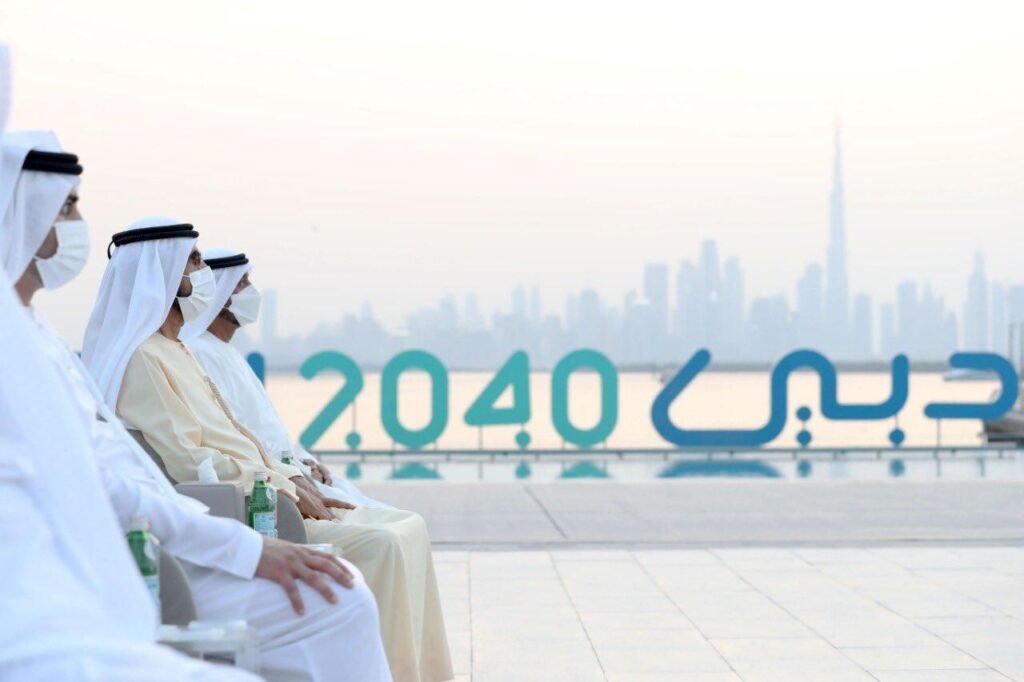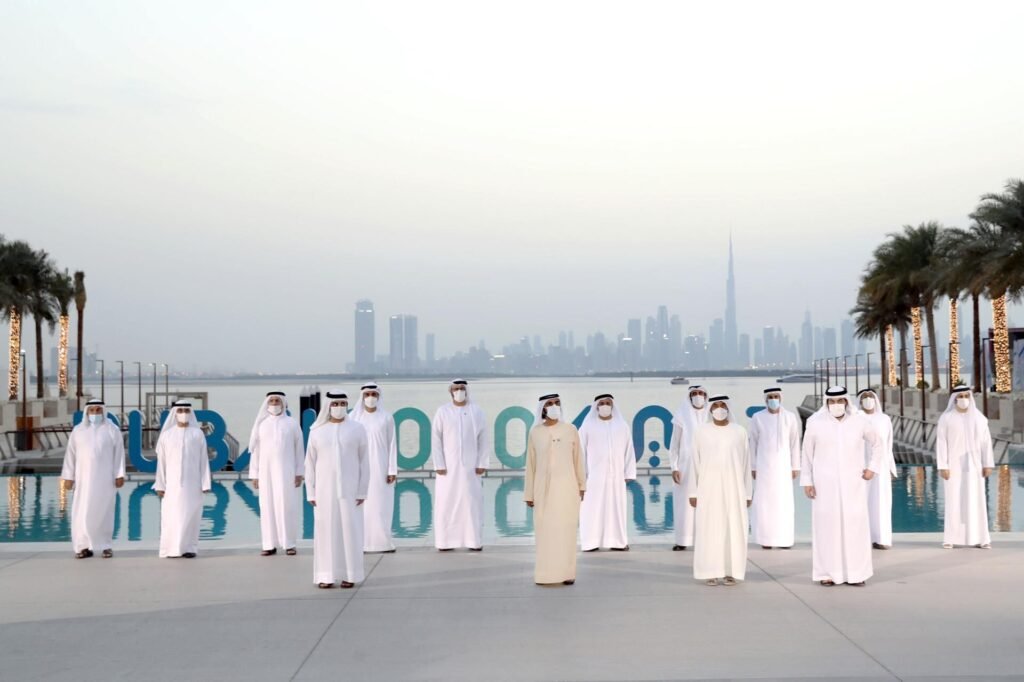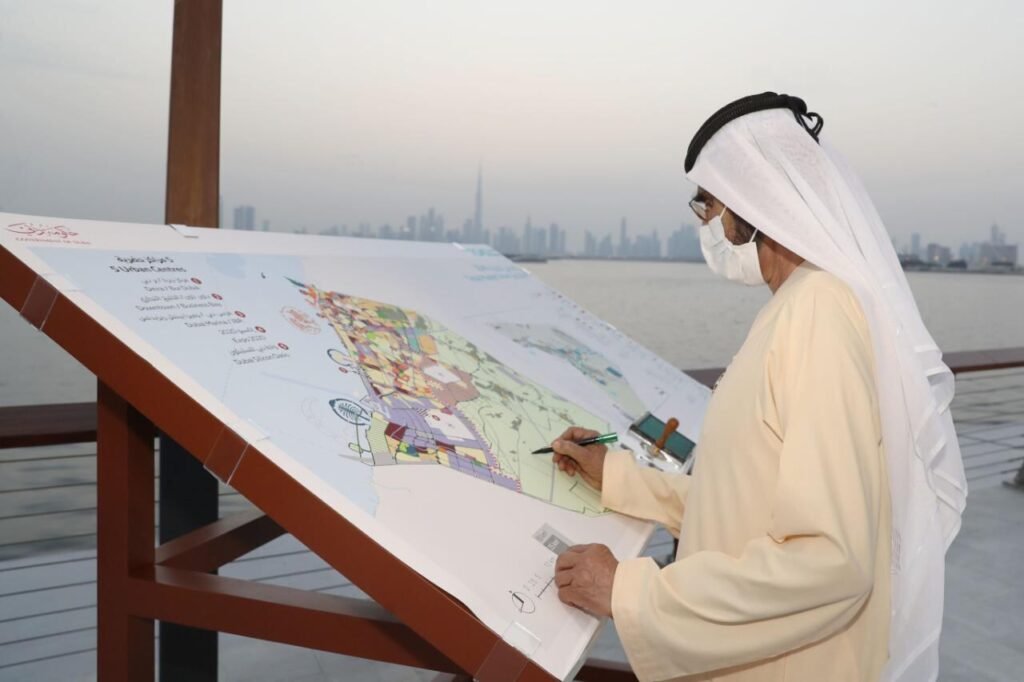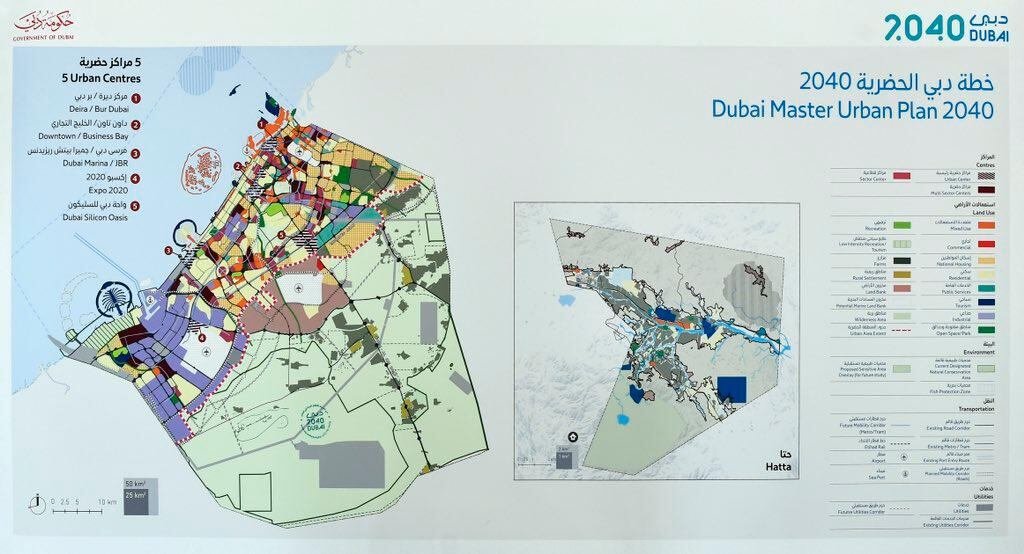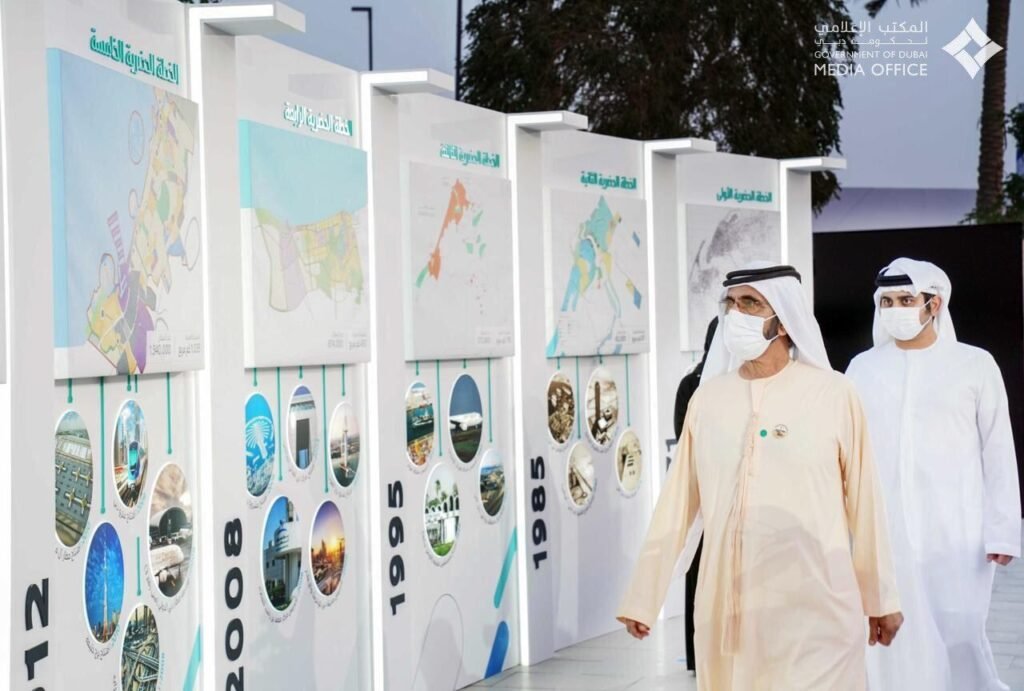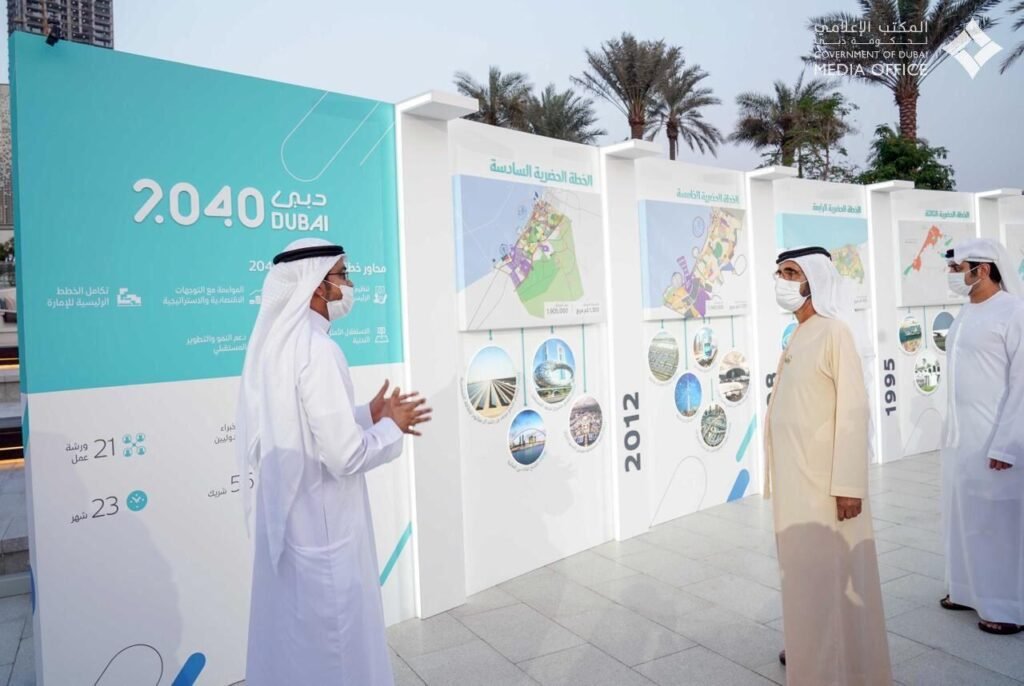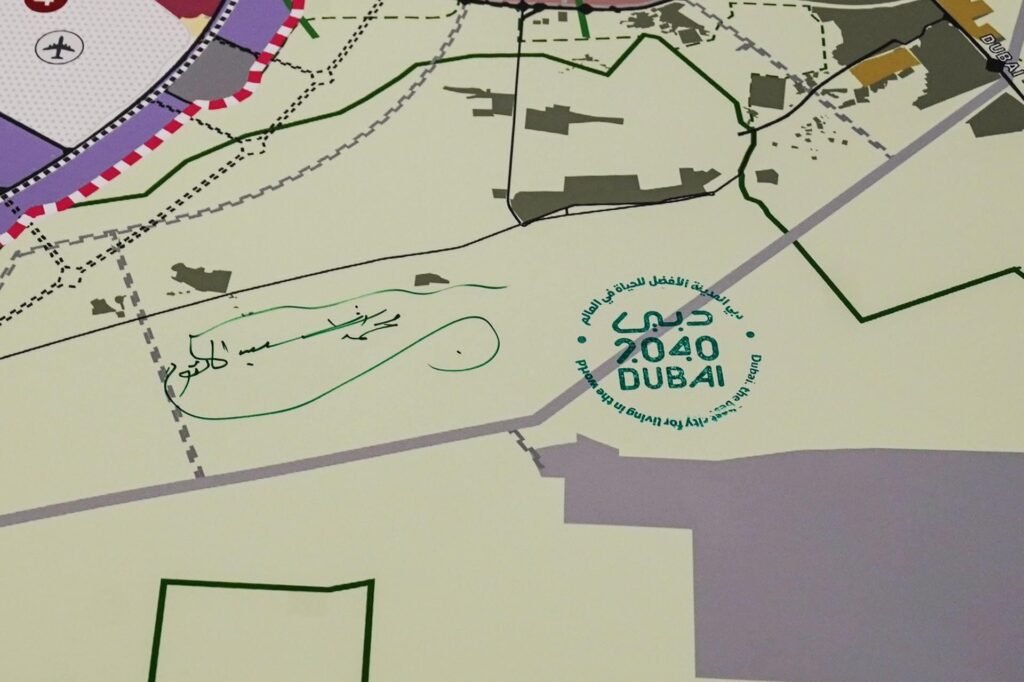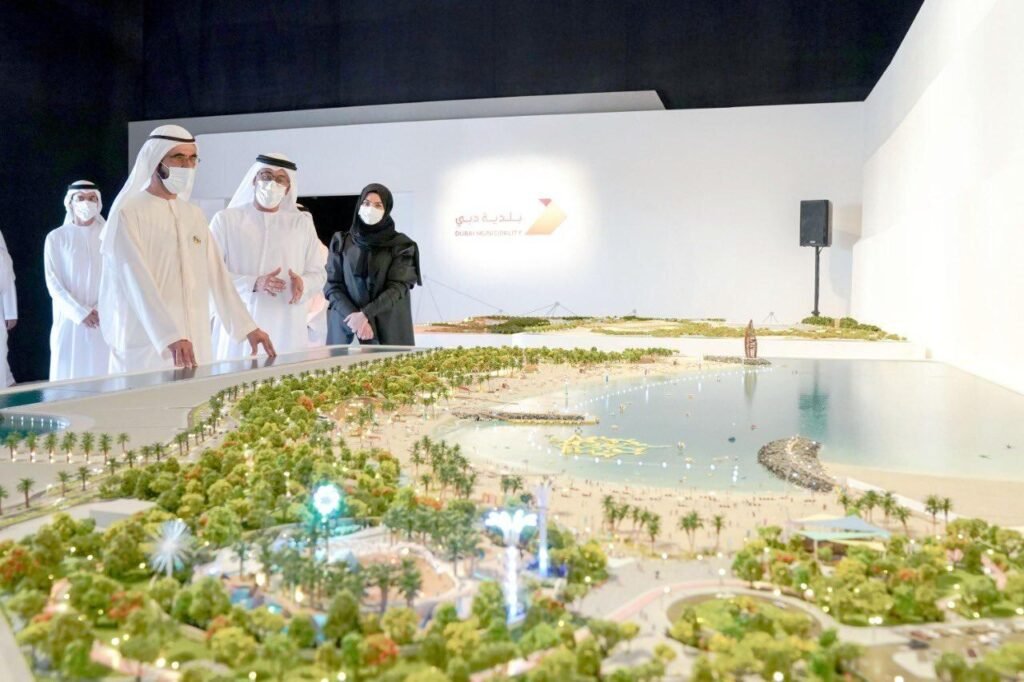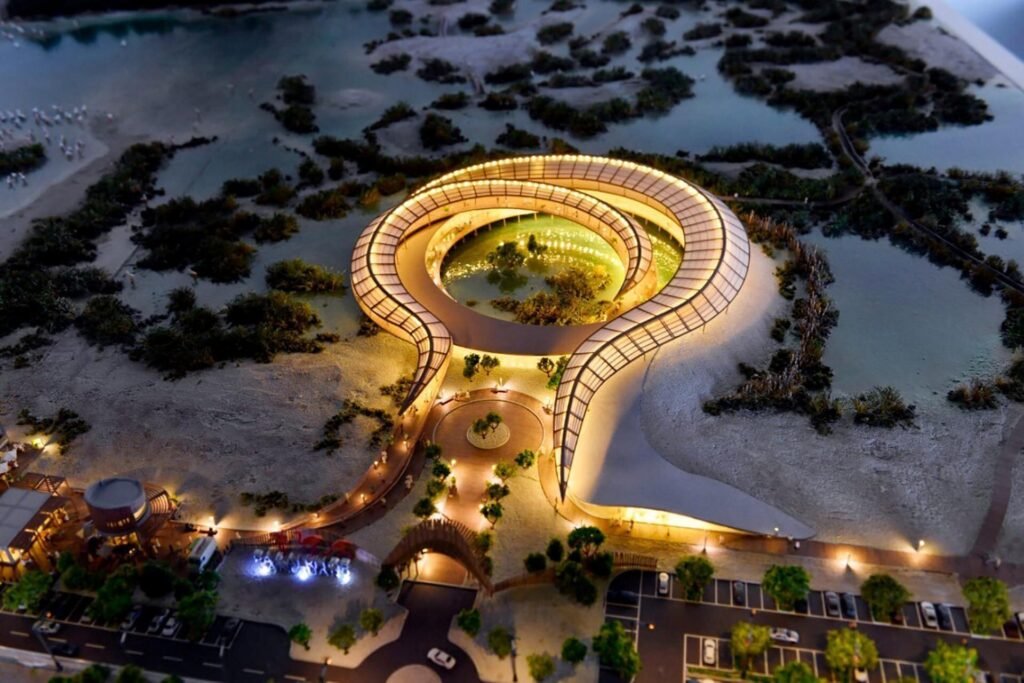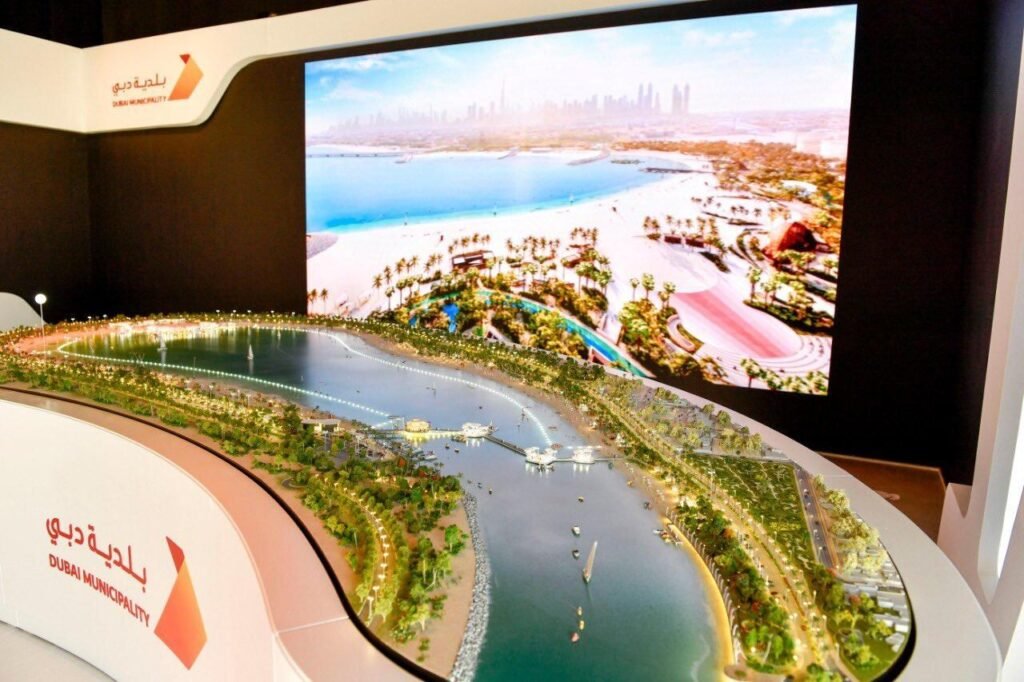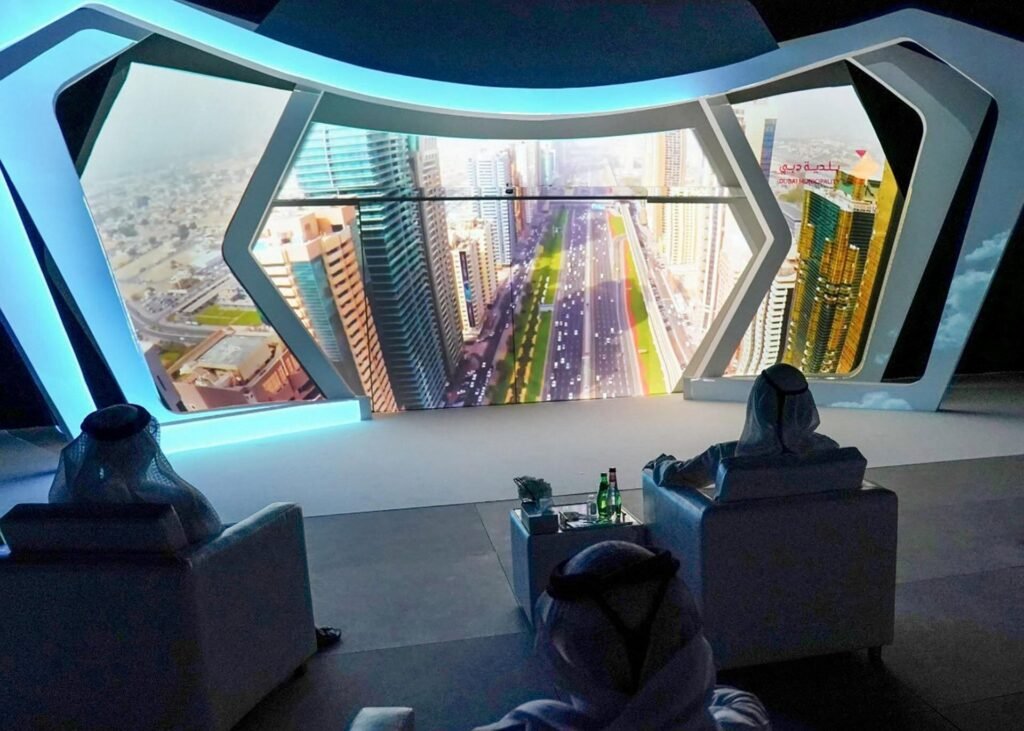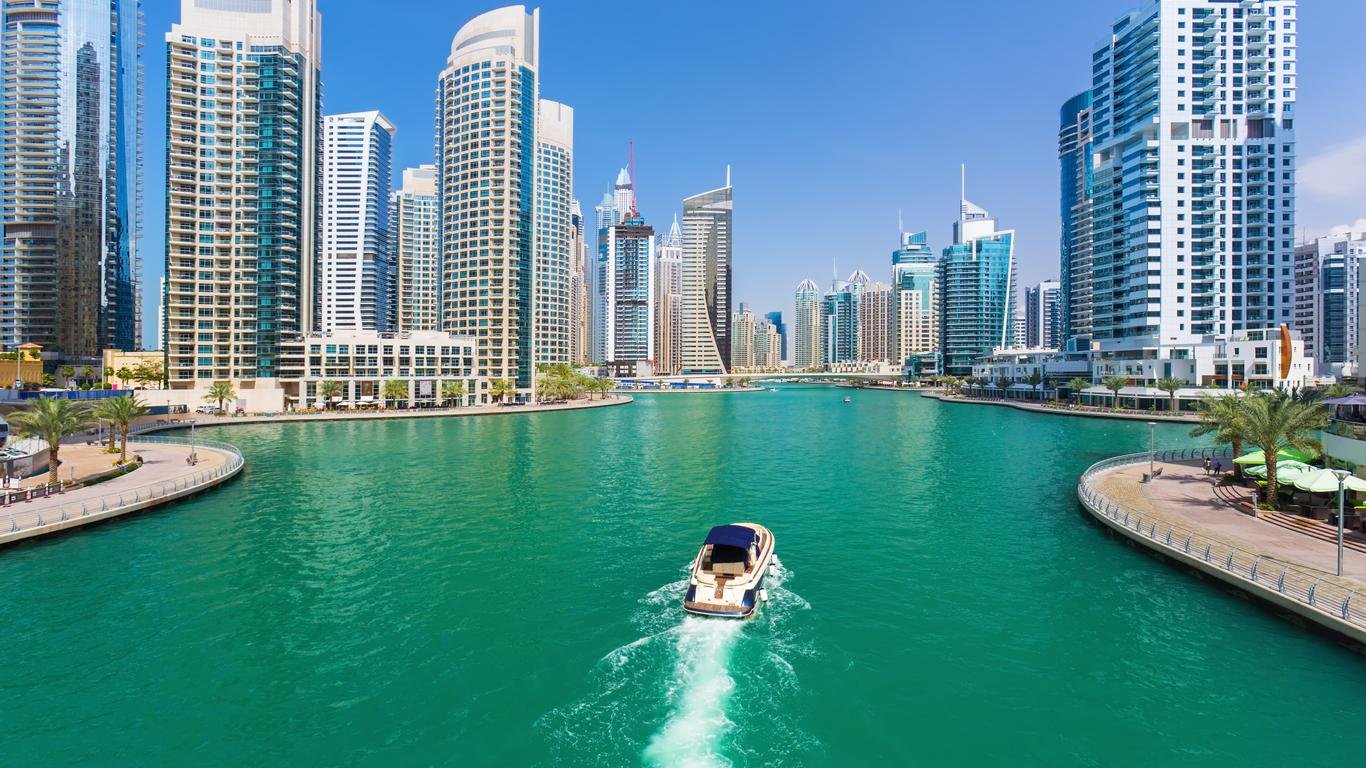Dubai 2040: Everything you need to know about the Urban Master Plan
The plan presented by Sheikh Mohammed bin Rashid aims to improve the quality of life in the city
A comprehensive plan outlining the future of Dubai's sustainable urban development was unveiled on Saturday by Sheikh Mohammed bin Rashid.
The Prime Minister and Ruler of Dubai unveiled the Dubai 2040 Urban Masterplan, which aims to transform the emirate and create a truly connected, people-led city that balances community with tourism and modernity with heritage and nature.
The emirate's population is expected to grow from the current 3.3 million to 5.8 million over the next two decades, and this new plan aims to ensure that Dubai becomes the most liveable city in the world.">.A comprehensive plan outlining the future of Dubai's sustainable urban development was unveiled on Saturday by Sheikh Mohammed bin Rashid.
Pearl Horizon Properties breaks down what you can expect from Dubai by 2040.
What is the plan?
The Dubai 2040 Urban Master Plan is the seventh such plan to be implemented in the emirate since 1960.
It focuses on the use of space within the boundaries of the current city and concentrates development on existing urban areas.
These are the most important highlights:">The Dubai 2040 Urban Master Plan is the seventh such plan to be implemented in the emirate since 1960.
It focuses on the use of space within the boundaries of the current city and concentrates development on existing urban areas.
These are the most important highlights:
- Five main urban areas are being developed
- The area earmarked for educational and healthcare facilities will increase by 25 %
- The areas for the hotel and tourism industry will be expanded by 134%
- The area used for commercial, industrial and economic activities will grow to 168 square kilometres
- The length of public beaches will increase by up to 400 %
- 60 per cent of Dubai is to consist of nature reserves and natural areas
- 55 % of the population will live within 800 metres of a main public transport stop
Ultimately, the plan aims to improve the city's quality of life while increasing the population density around public transport stops.
Together with the physical plan, an urban planning law was issued to support sustainable development and improvement in the emirate.
What is the goal?
The main objective is to make Dubai the most liveable city in the world from a leisure and work perspective, said Sheikh Mohammed.
Other key priorities include improving resource efficiency, developing vibrant and inclusive communities and doubling the amount of green and recreational space to create a healthy environment for residents and visitors.
The plan aims to provide sustainable and flexible mobility options, promote greater economic activity and attract foreign investment into new sectors.
Other objectives include improving environmental sustainability, protecting the emirate's cultural and urban heritage and developing a comprehensive legislative and planning governance model.
The five main zones
Under the plan, development and investment will focus on five main urban areas, each with a distinct theme that promotes economic growth and increased employment opportunities and provides lifestyle facilities that meet the needs of all sections of the population.
Two of the areas will be new, while the other three will be revitalised.
Existing urban centres include Deira and Bur Dubai, historic areas that highlight the emirate's tradition and heritage; the city's business and financial centre includes Downtown and Business Bay. The hospitality and leisure centre will be Dubai Marina and JBR, which will also serve as an international tourism and leisure hub.
The new centres include the Expo 2020 Centre, which will provide affordable housing and become a hub for exhibitions, tourism and logistics. The Dubai Silicon Oasis Centre will be a science, technology and knowledge hub that will drive innovation, develop the digital economy and nurture talent.
A sense of community
The Dubai of the future will be made up of areas, each with access to facilities, services and opportunities for all residents.
Throughout the plan, municipalities have been defined based on their population size and the number of facilities available depends on how large each area is.
This is the hierarchy defined in the plan:
1. cities: the largest areas with a population of 1 to 1.5 million. Five cities are built around each of the five urban centres
2. multisectoral: the second largest with a population of between 300,000 and 400,000
3rd sector: population of 70,000 to 125,000
4th district: 20,000 to 30,000 inhabitants
5th Community: population from 6,000 to 12,000
6. neighbourhood: 2,000 to 4,000 inhabitants
Investments in infrastructure, energy and public services as well as facilities such as schools, hospitals and leisure centres depend on the classification of an area.
Transport
The "people-led" development aims to improve connectivity by ensuring that 55 per cent of the population live within 800 metres of a main public transport stop.
Images of the plan indicate that a third airport will be built near the Dubai Silicon Oasis. Further details about the airport have not been disclosed.
It was previously announced that more cycle paths would be installed throughout the emirate to promote a healthier lifestyle and reduce traffic.
Several green corridors will be created to connect service areas, residential areas and workplaces and facilitate the movement of pedestrians, bicycles and sustainable means of mobility throughout the city.
Beaches, parks and sustainability
A large part of the plan is to significantly increase green spaces throughout the Emirate of Dubai. Wildlife sanctuaries and natural rural areas will make up 60 per cent of the emirate.
In October, Sheikh Mohammed said Dubai would create a dozen new beaches and 8 million square metres of green space at a cost of more than Dh2.5 billion (US$680 million).
"We have also approved the development of 12 kilometres of Dubai's beaches, covering one million square metres, from Mamzar Beach to Umm Suqeim II," Sheikh Mohammed said at the time.
The beach projects are being developed at a cost of Dh500 million.


